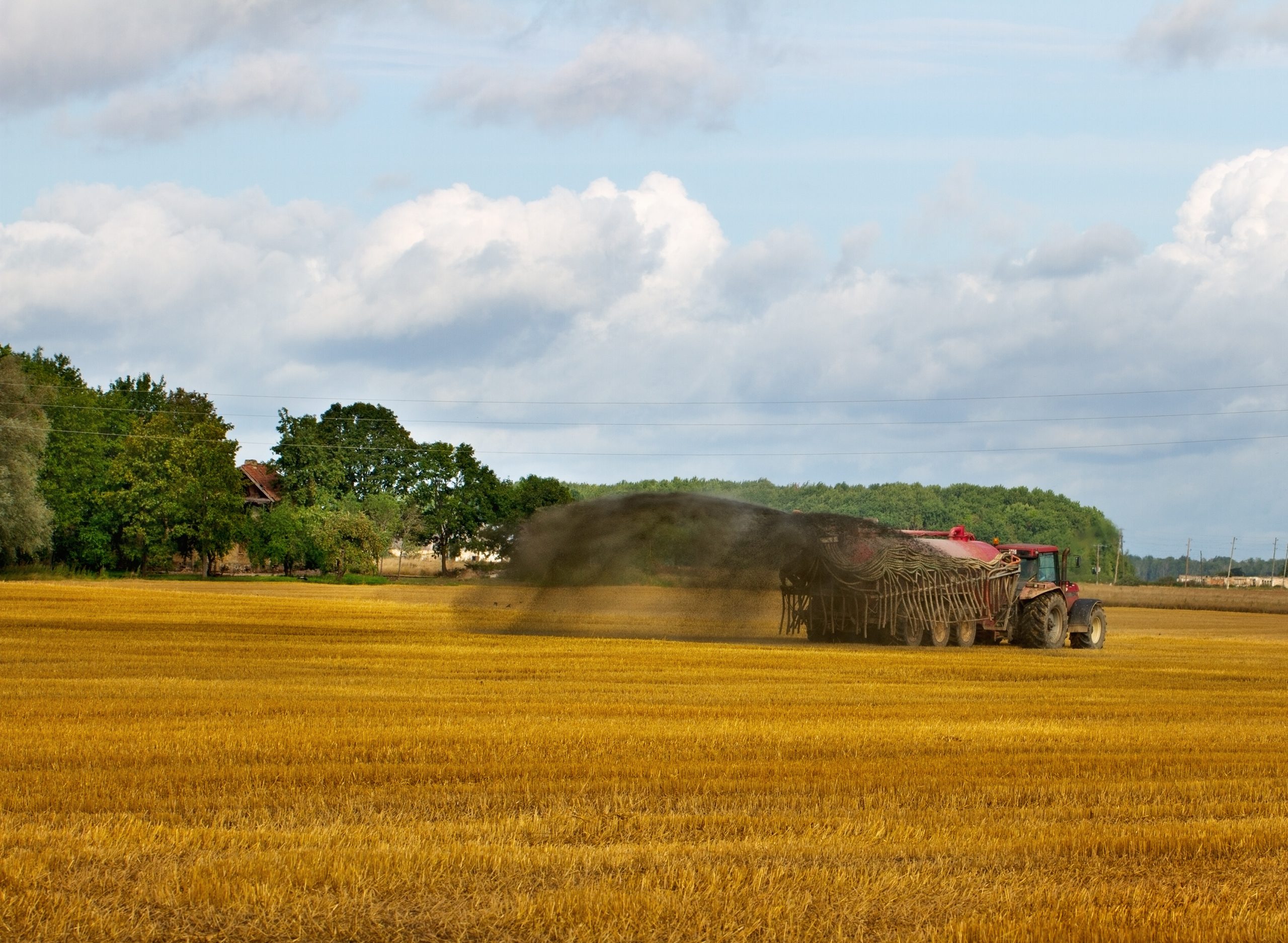The U.S. Environmental Protection Agency (USEPA) released a draft risk assessment in January of the potential human health risks associated with the presence of toxic per- and polyfluoroalkyl substances (PFAS) chemicals in biosolids.
Specifically, the scientific evaluation of PFAS in sewage sludge (biosolids) assessed the risk of two PFAS compounds, perfluorooctanoic acid (PFOA) and perfluorooctanesulfonic acid (PFOS), across three pathways of using or disposing of biosolids. These included land application as fertilizer, surface disposal in landfills, and incineration. PFOA and PFOS were utilized because they were in use for a long period and have well-documented toxicity.
PFOA and PFOS get into biosolids via the wastewater that enters municipal wastewater treatment plants. The municipal wastewater industry does not intentionally use or add these substances in wastewater treatment processes. Wastewater treatment plants may receive PFOA or PFOS from manufacturers and other facilities that currently use, or historically have used, these PFAS and release contaminated wastewater to treatment facilities. Households and businesses can also be sources from consumer products such as PFAS-containing cookware, clothing, rugs and cosmetics, where PFAS can be washed down drains to a wastewater treatment plant.
Draft Risk Assessment
The draft risk assessment focuses on a specific population of people the USEPA considers most likely to be exposed to PFOA or PFOS from land application of biosolids or through consumption of products from land where biosolids were used as fertilizer. The evaluation scientifically models hypothetical human health risks for “farm families”, people living on or near sites impacted by PFOA or PFOS, or for people relying primarily on those sites for food crops, animal products or drinking water.
The preliminary findings indicate there can be human health risks exceeding USEPA’s acceptable thresholds, sometimes by several orders of magnitude, for some scenarios where the applied biosolids contained 1 part per billion (ppb) of PFOA or PFOS (the combined presence of both compounds was not considered). This amount is near the current detection limit for these PFOA and PFOS in biosolids.
The modeled scenarios include farms with one application of biosolids at a rate of 10 dry metric tons per hectare and 40 consecutive years of biosolids land application at the same rate. The modeling in the assessment also finds human health risks exceeding the USEPA’s acceptable thresholds in some scenarios where biosolids containing 1 ppb of PFOA or PFOS are placed in unlined or clay-lined surface disposal units (landfills).
Once finalized, USEPA will use the risk assessment to help inform future risk management actions for PFOA and PFOS in sludge.
AE2S Insights
The analysis does not suggest the general food supply is impacted by the use of biosolids containing PFOA or PFOS. The U.S. Department of Agriculture and Food and Drug Administration monitor for PFAS in the food supply broadly and have taken protective actions to address impacted products from domestic and imported sources.
AE2S Wastewater Practice Leader Scott Buecker reviewed the draft risk assessment. “The risk assessment indicates that there’s a cancer risk for individuals living near and subsisting largely on products produced on a farm where biosolids containing 1 ppb of PFOA or PFOS have been applied for 40 years. That is a rare situation, as less than 5% of all U.S. farmland has ever had biosolids applied to it. However, most if not all of the biosolids data collected across the country, to date, indicates that even municipal biosolids having little industrial wastewater content has concentrations of both PFOA and PFOS significantly higher than 1 ppb. There’s also anecdotal data of much higher PFOA and PFAS in biosolids that were sourced from industrial wastewater or industrially influenced municipal wastewater,” says Buecker.
The risks of exposure to PFOA and PFOS through biosolids increases proportionally with the amount of those chemicals in the biosolids. This means if the concentration of PFOA or PFOS in biosolids or the amount of biosolids applied to farmland is lower, the risk is lowered. The actual risks from exposure to PFOA or PFOS will vary at farms that land-apply biosolids or at biosolids disposal sites based on the amount of PFOA or PFOS applied, as well as geography, climate, soil conditions, the types of crops grown, and other factors. Where smaller amounts of PFAS-contaminated biosolids have been spread, or fewer applications have been made over time, or lower concentrations of PFOA and PFOS were in the biosolids, the risk will be reduced.
“There is no direct quantitative takeaway here. Yes, there are likely varying cancer risks associated with long-term, routine, and consistent ingestion of food and milk produced from farms where there has been a long history of land application of biosolids. Individual circumstances, including biosolids concentrations and applications rates, would need to be examined to determine site specific risks. Also, the risk assessment is not a regulation, but it will be a key consideration as regulators and the State and Federal level decide how to update biosolids regulations,” Buecker says.
What is Next?
USEPA says the findings of the draft risk assessment underscore the importance of proactive Federal and State policies to control and remove PFAS at their source. Moving forward, USEPA is working to set technology-based limits on discharges from several industrial categories—including PFAS manufacturers, electro- and chrome-platers and landfills—under the agency’s Effluent Limitations Guidelines program.
The draft risk assessment document, Draft Sewage Sludge Risk Assessment for Perfluorooctanoic Acid (PFOA) and Perfluorooctane Sulfonic Acid (PFOS), is available for public comment until March 17, 2025 in the Federal Register.
If you have questions about PFAS in biosolids, contact Scott Buecker, AE2S Wastewater Practice Leader.

